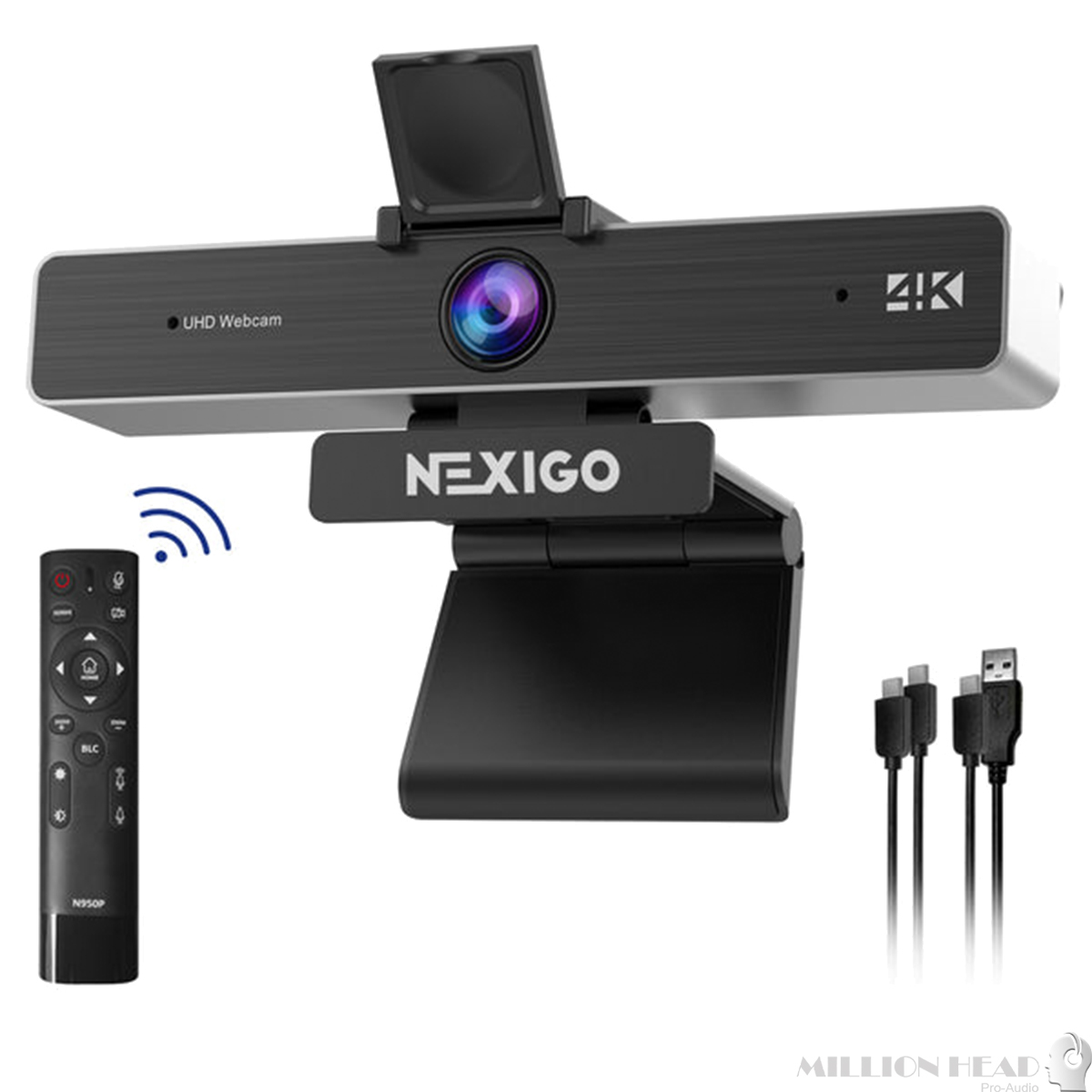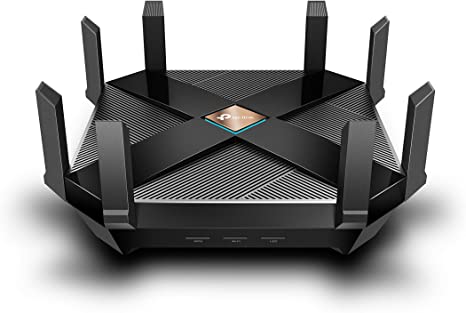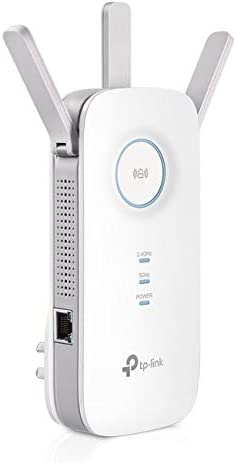Take Control of Your Home Network with the Tp link WiFi Router
Take Control of Your Home Network with the Tp link WiFi Router
The Tp-link WiFi Router is the easiest way to set up a wireless home network. The Tp-link WiFi Router offers seamless integration with your smart home devices, and provides enhanced security and parental controls over your Wi-Fi network. It also features enhanced bandwidth allocation and device management features so that you can enjoy the best possible performance from all of your devices while they're connected to one another or an internet source like a broadband modem or router.
Key Features of Tp-link WiFi Router
The TP-Link WiFi Router is a wireless router that provides high-speed internet connectivity. It has a friendly user interface and can be used with any operating system, including Android and iOS devices.
The TP-Link WiFi Router Setup also comes with parental control features, which allow you to block certain websites or apps from being accessed by your children (or anyone else on the network). You can set up guest networks so guests do not have access to the internet if they don't need it while they're visiting your home; this way they'll still be able to use their own devices without having access to yours! Finally, the bandwidth allocation feature allows you to select how much bandwidth each device will receive at any time.
User-Friendly Interface
The TP-Link WiFi router is user friendly. It’s easy to set up, use and understand. It also comes with an intuitive interface that makes it easy for you to follow instructions and find what you need when setting up the device.
Enhanced Security
Security is an important part of any network, but it's especially important with a home network. A router can help you avoid many common security threats by providing encryption and other features that help protect your data from unauthorized access.
Encryption: Encryption is the process of scrambling data to make it unreadable to anyone who doesn't have the correct password or key to decrypt it. This can keep sensitive information safe from prying eyes such as hackers who might try to steal personal information through a compromised router.
Firewall: A firewall keeps out unwanted traffic by blocking known malicious programs before they reach their destination (or at least slowing them down). This helps prevent viruses and other types of malware from spreading across your network, which could put your computers at risk if they're infected with something like ransomware—a type of malware that encrypts all files on infected machines until payment for unlocking them is paid off in bitcoin monero etcetera dollars per kilobyte; this happens because users typically don't know how much money will be required until after their computer has been hijacked by criminals so there's no way for them not having enough money available--which means if someone tries stealing expensive stuff from you using ransomware then starting with installing anti-virus software won't work because even if someone knows how much money should be paid up front before getting started then waiting two weeks without paying anything else might happen during those two weeks which means being unable mean would happen next month until finding out what happened between now ad then
Parental Controls
Parental Controls is the feature that allows you to restrict access to specific devices or groups of devices. For example, if your kids are playing too many video games and are spending too much time on them, you can turn off the Wi-Fi connection for those devices so that they cannot use the internet when it's not allowed. You can also set restrictions based on certain times or locations so that only certain people have access during certain hours or within a certain area.
Bandwidth Allocation
Bandwidth allocation is the process of dividing the available bandwidth among devices. Each device is allocated a certain amount of bandwidth, and if you want to increase your available bandwidth, you can do so by purchasing additional router or bringing in another device.
The Tp-link Router supports up to 2 Gigabit Ethernet ports for wired connections (1x WAN + 1x LAN), 3G/4G LTE SIM slots for mobile broadband connections and Wi-Fi AC standards including 802.11ac Wave2 technology which delivers speeds up to 433 Mbps on both 2×2 MU-MIMO plus 4×4 MU-MIMO mode when they are used together at once.*
Guest Network Access
Guest Network Access is a feature that allows you to share your home network with friends and family members. This is a great way to share your home network without having to worry about security.
The first time you connect this router, it will automatically create an SSID (service set identifier) for the guest network so that guests can see the internet connection in their devices but not come into contact with any private information like passwords or usernames.
Device Management
Device management is a feature of the router that allows you to manage the devices connected to it. This includes both your home's wireless network and any devices connected via USB or Ethernet cables. Device management allows you to manage these devices from one location on your computer, making it easy for you to manage all of them from one place.
Device management works by allowing users who are using a specific device type (such as an Apple TV) access through an application called "My Tplink". You can set up different profiles with different settings for each profile so that each user only needs their own profile settings when they're connecting with their specific type of device; this means no need for multiple profiles while still having full control over how those profiles are managed!
Network Monitoring
Network monitoring is a feature that allows you to monitor the network status. You can use this feature to check the network status, such as whether your device is connected or not, and if so, how much data it has used. Also, using Network Monitoring you can check the connection speed between your devices and the router itself.
Remote Management
Remote Management is a feature that allows you to access the router from anywhere. You can manage your home network from anywhere using your smartphone or tablet. In addition, you can also manage it from a computer and smart home devices like Amazon Alexa and Google Home speakers!
Seamless Integration with Smart Home Devices
With the TP-Link WiFi Router, you can take control of your home network from anywhere in the world. The router connects directly to smart home devices and works seamlessly with them. You can set up rules for when certain devices are turned on or off, or even schedule reminders for when a device needs to be reset or updated.
This is especially useful if you have multiple smart home devices that need to be controlled by one person—such as a thermostat (TP-Link Smart Thermostat) controlling heating and cooling settings throughout your house using Wi-Fi connectivity; an outlet timer (TP-LINK Outlet Timer), which controls power outlets so they're always ready; an automatic water heater (COOOOLER COOLER), which will turn on automatically before it reaches its ideal temperature setting; or any other kind of automated system that requires someone else's help keeping things running smoothly!
The Tp-link WiFi router is a great option for home users who want to improve their network security. It offers a wide range of features and has an intuitive interface that will help you manage everything from guest access to bandwidth allocation. This device also integrates seamlessly with other smart home devices like Amazon Alexa speakers and Nest Thermostats so you can control them all from one location!

.png)












.jpg)
















